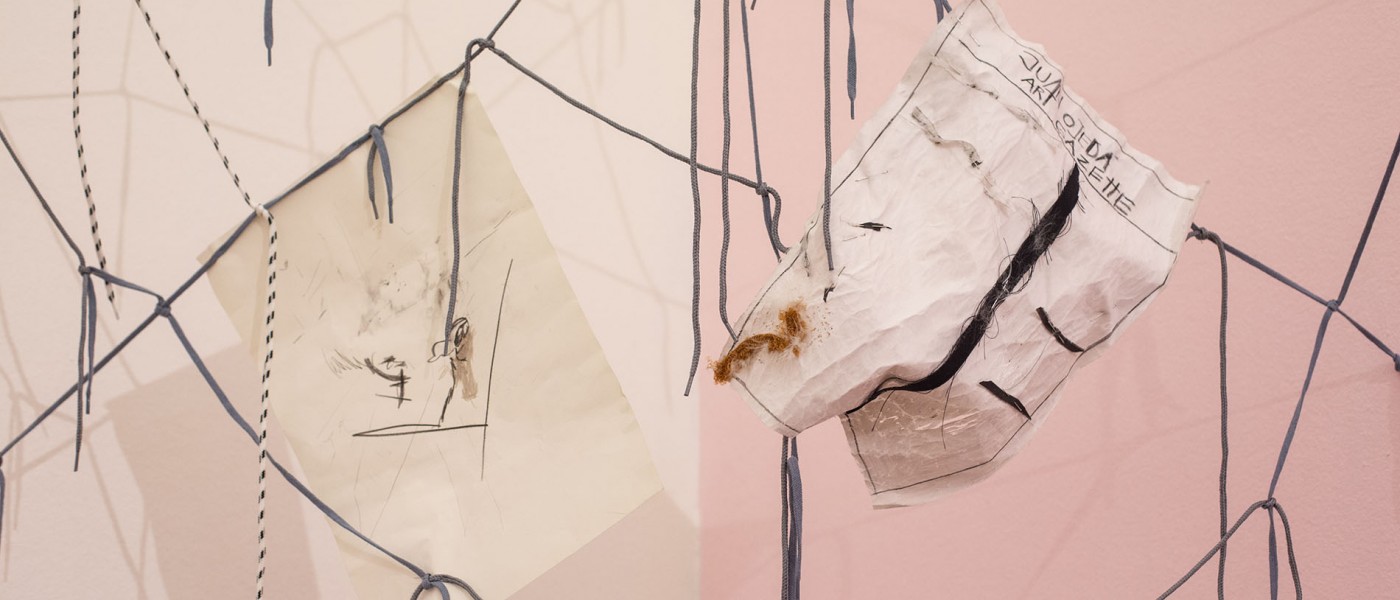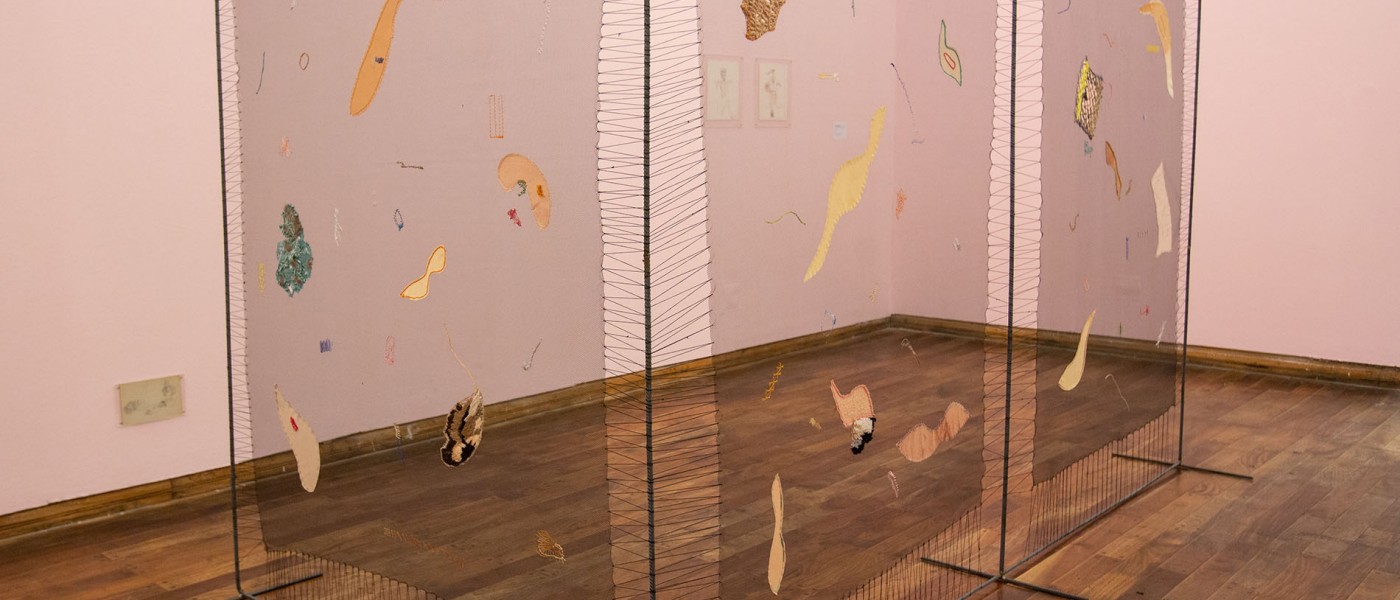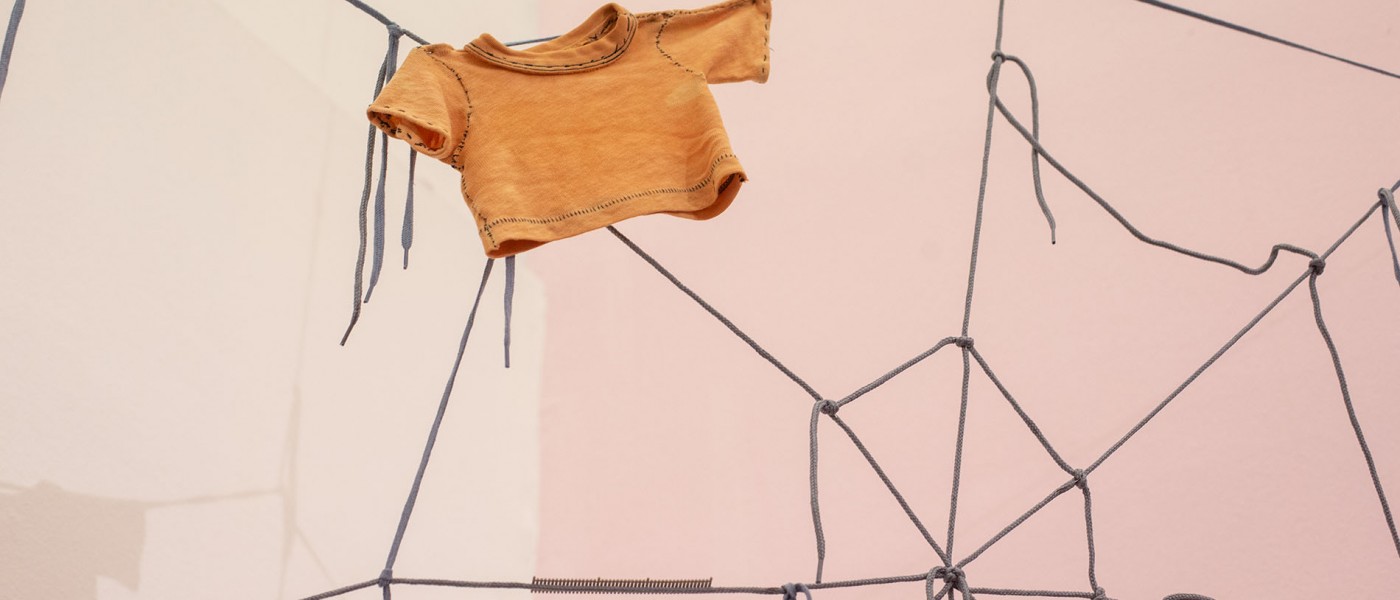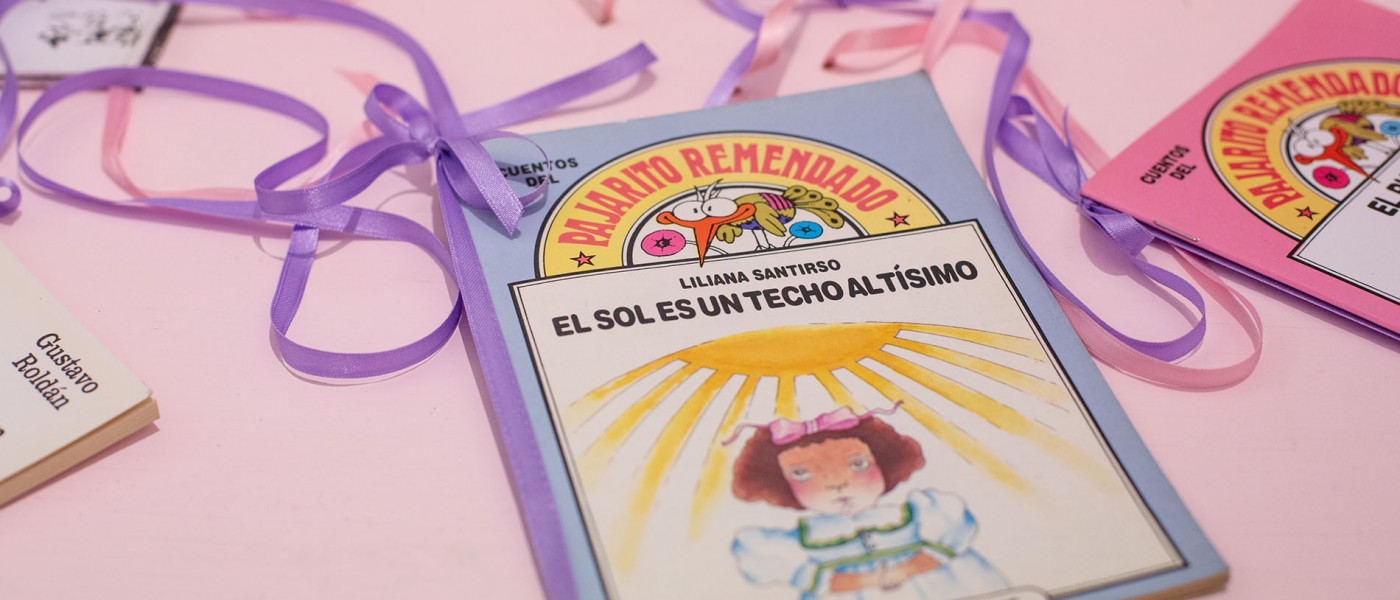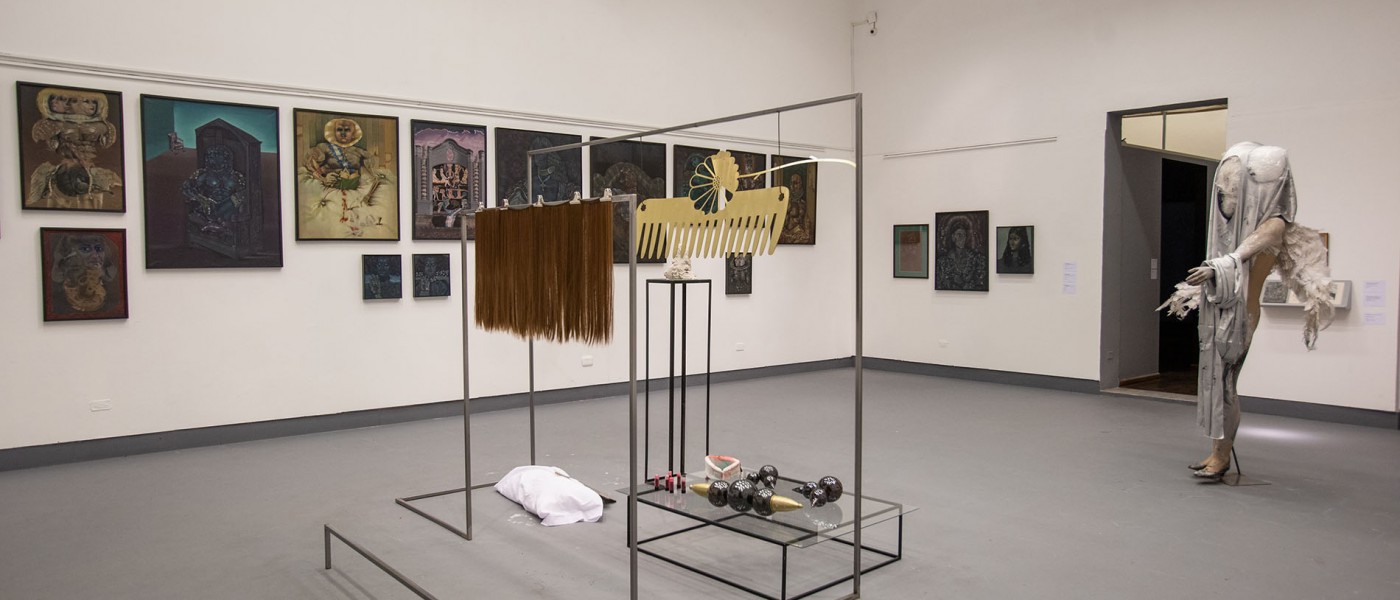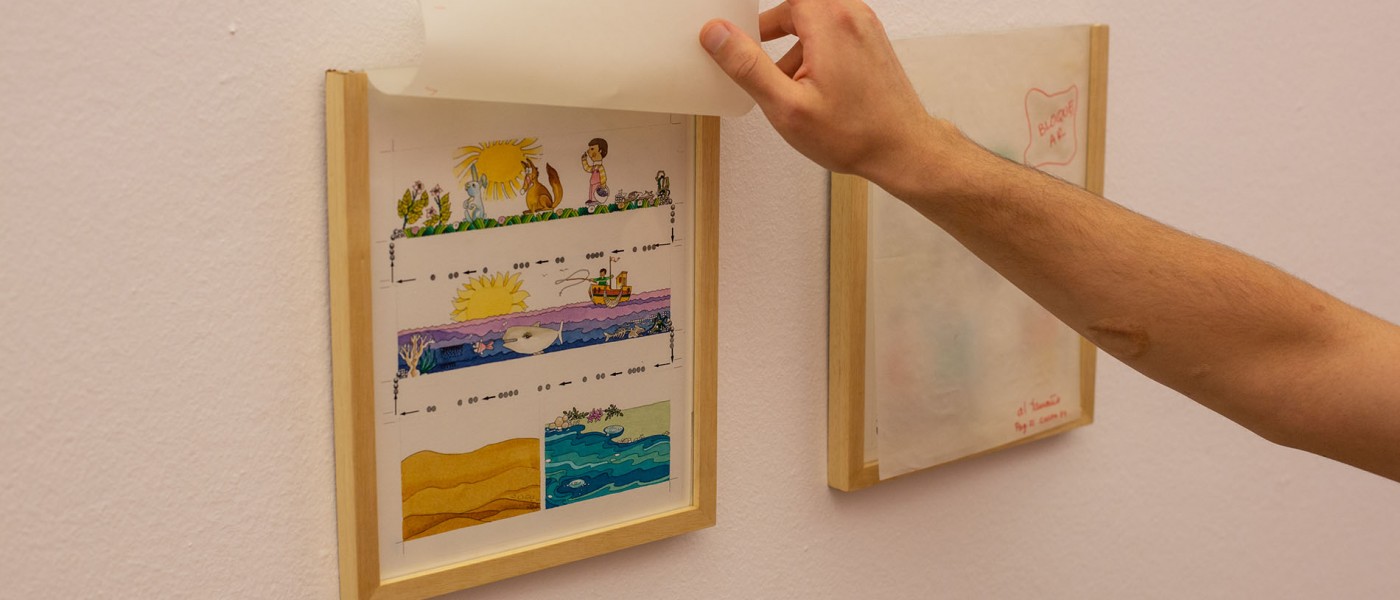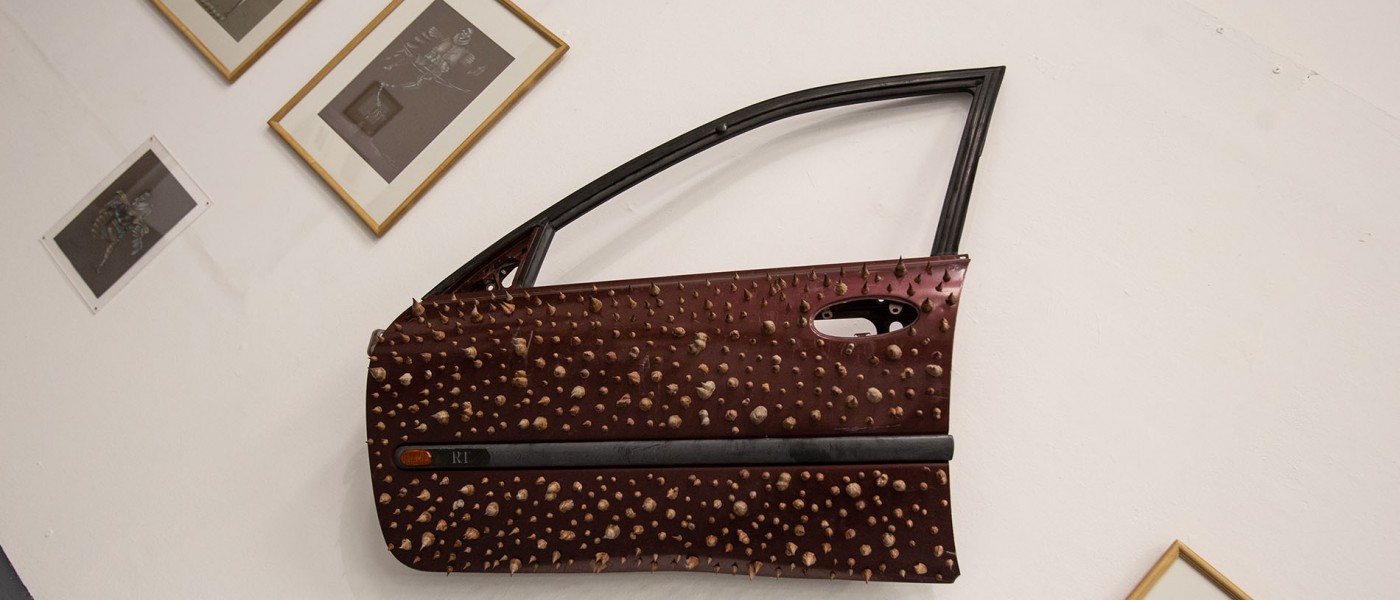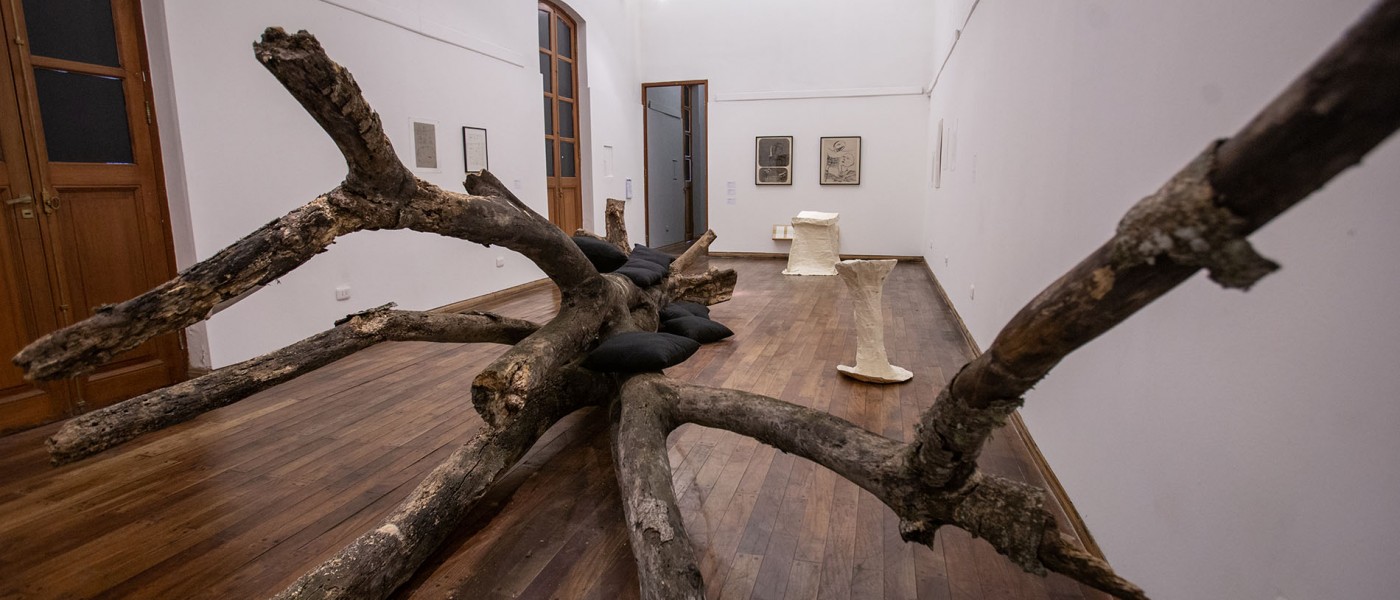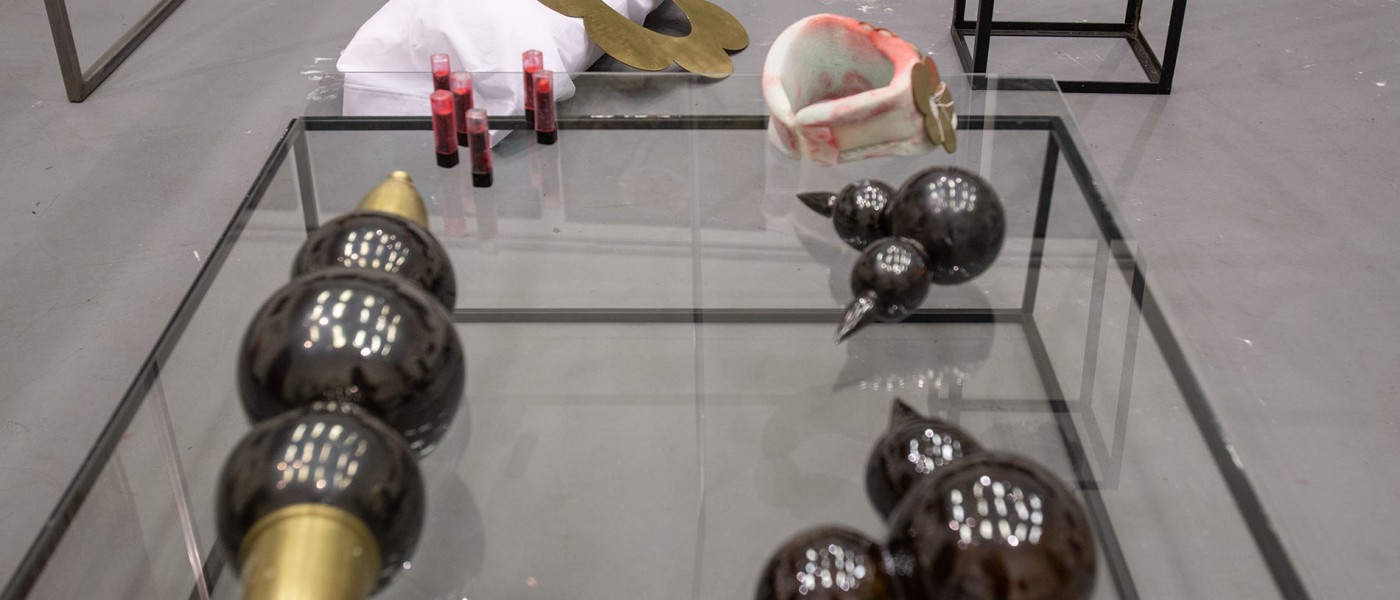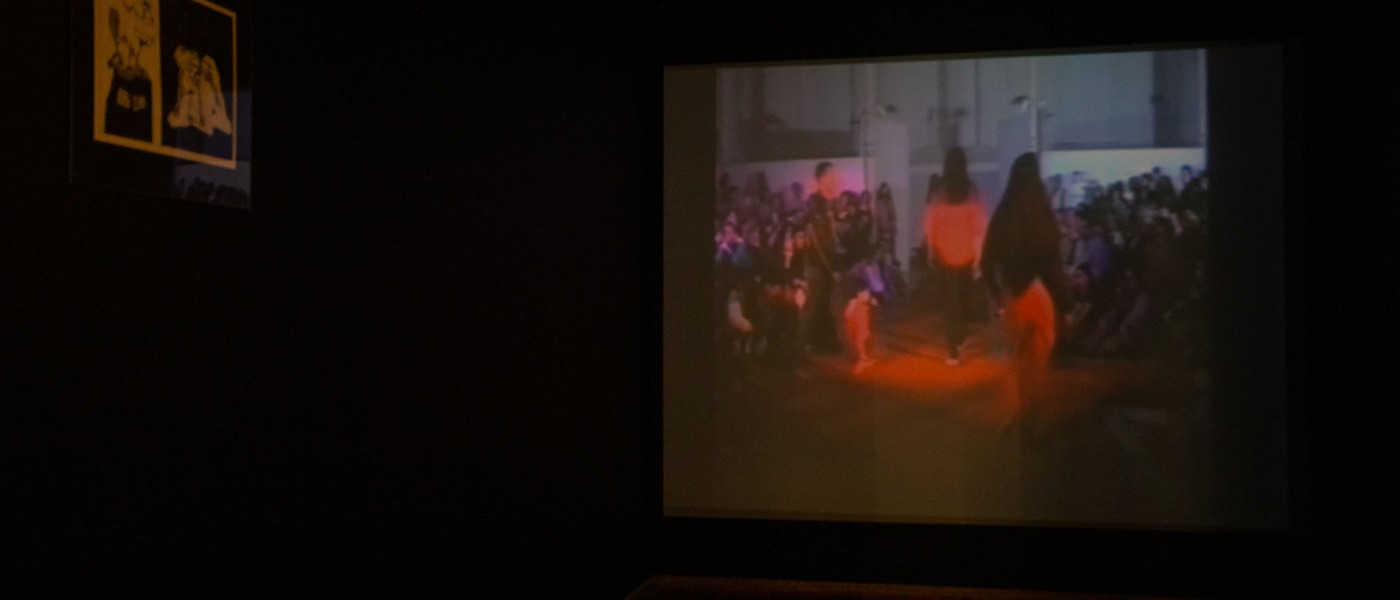Opening November 11th 8pm
Visits: Monday to Friday from 9 a.m. to 12:30 p.m. and from 3:30 p.m. to 7 p.m. - Free admission, It's mandatory to use a mask.
The historiography of the art of Tucumán ended two decades of artistic production under two concepts: neo-figuration and social realism, both of which were clearly dominant between the 1960s and the 1980s. It was the golden age of the ideologeme of the (male) master, of stern and painful painting, followed by the sudden emergence of contemporary art, research into space, joyful bodies, happenings and new sexual identities. This emergence is known as "parricide". Yet, such classifications do not allow for nuances concerning reformulations or clarifications. This project aims to break down these labels through a retrospective exhibition of artist and teacher Myriam Holgado (1936-2004) and her dialogue with contemporary productions by young artists. In doing so, the aim is to reread her work not in terms of neo-figuration (almost inexistent in her image), but of the hybridisation of vain bodies, the queer, the pompous, in a circus-like, buffoonish and festive royalty.
As of 1956, Holgado participated in numerous solo and group exhibitions in Argentina, Bolivia, Mexico, Peru, the United States and Germany. In 1976 she went into exile in Mexico, expelled from her position at the National University of Tucumán by the military government. With the return of democracy, she resumed her teaching work and opened what is now the indispensable Taller C, one of the fundamental chairs in the teaching of visual arts. She then moved to Buenos Aires where she lived until her death.
Gaspar Núñez
El sol es un techo altísimo is presented as a joint initiative of BIENALSUR and the Museo de la Universidad Nacional de Tucumán.
It is a retrospective exhibition of the artist and teacher Myriam Holgado (1936-2014) curated by Gaspar Núñez; a project selected as a result of the international Open Call promoted by BIENALSUR during 2020 that proposes a revaluation of Holgado's work, as well as a dialogue between her work and contemporary productions. It is highly significant that two public and university institutions conceive art as a space for critical and sensitive thinking, and promote new readings of the historiography of regional and national art.
Photo: Myriam Holgado

